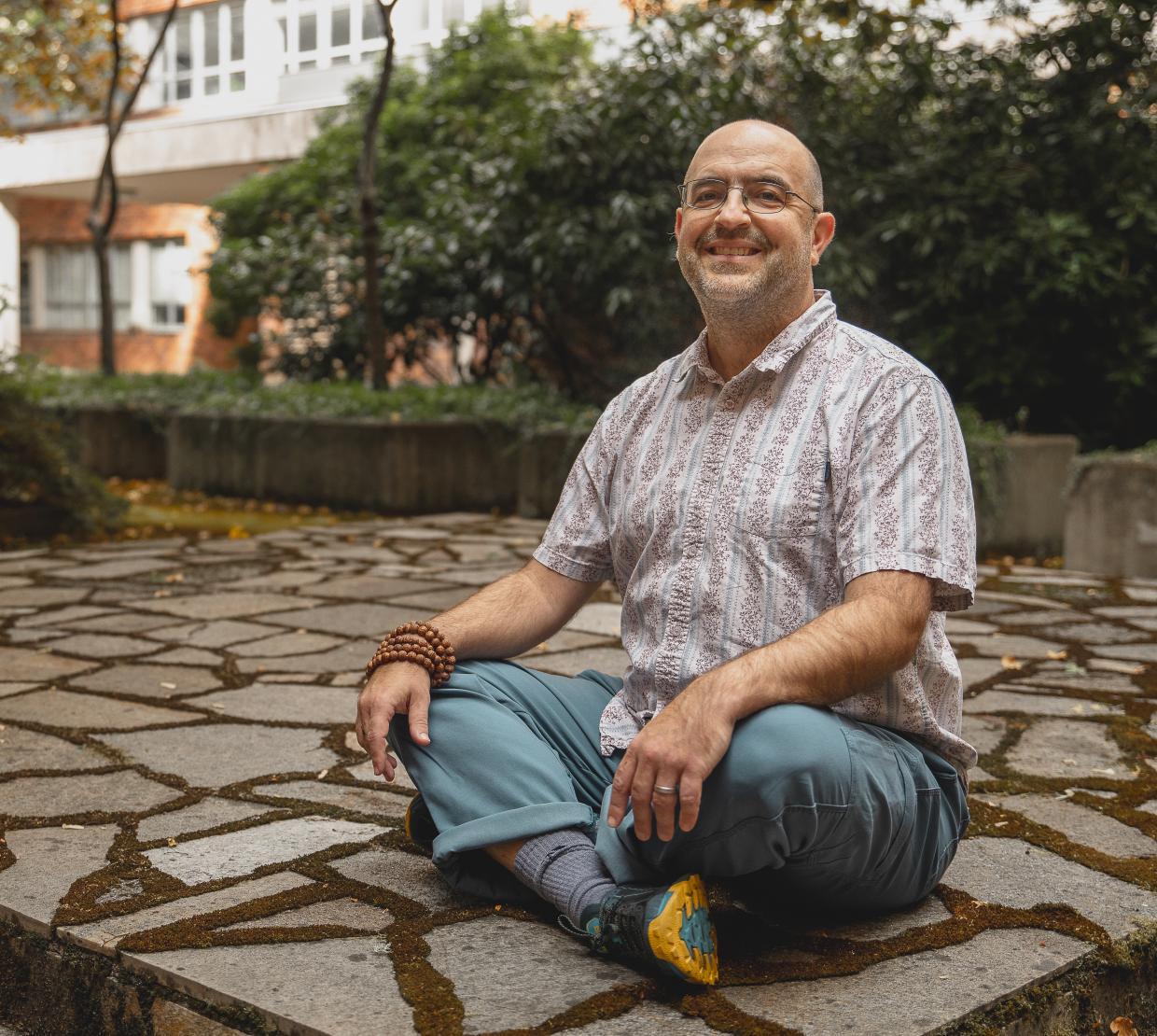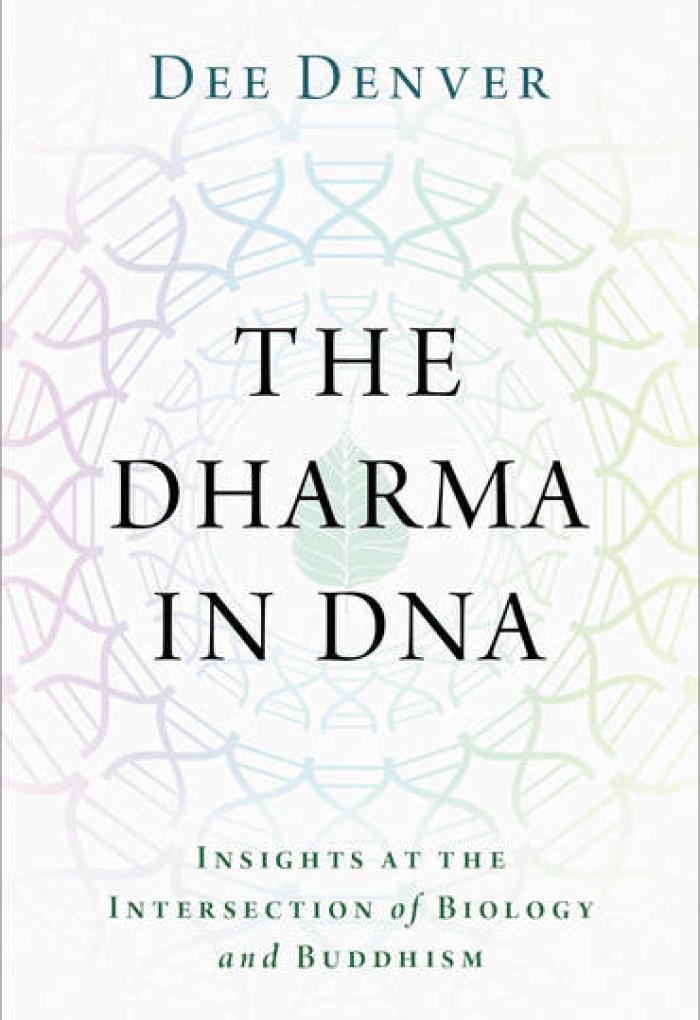Buddhism and biology have more in common than meets the eye, according to Dee Denver, an evolutionary biologist and the Head of the Department of Integrative Biology.
After accidentally stumbling upon the Dalai Lama giving a speech at Indiana University in 2004, Denver was forever captivated by the interwoven nature of the two principles.
“As I learned about Buddhism, I was like, oh my gosh, this is logical. It’s a tradition that values logic and reason,” he said. “It’s not identical to science. There are places where there’s disagreement, and I would say both sides have rational criticisms of the other side, but it’s productive. I think they can help each other.”
Denver released his first book, “The Dharma in DNA: Insights at the Intersection of Biology and Buddhism” last year. Published by Oxford University Press, the largest university press in the world, the 224-page book was No. 1 in the New Releases in Buddhism category on Amazon in April and May.
“It’s something that when you bring it up, people think, ‘How on earth might these two work together?’ But oftentimes, in Western science, there is a big lack of familiarity with what Buddhism actually is. People might think they understand it, but they really don’t,” said Denver, who has been at Oregon State since 2006.
Throughout the book, Denver aims to accomplish three objectives: (1) share Buddhist ideas and the tradition’s colonial and modern interactions with biology, (2) apply the scientific method to three Buddhist principles, (3) and finally, propose a new approach to science that joins the two ways of thinking.
The principles he picked to evaluate include anitya, the concept of impermanence; anatman, meaning all phenomena lack a “self” nature; and finally, pratityasamutpada, the idea that life exists in a mutual, interconnected cause-and-effect framework, where everything affects everyone.
To analyze these ideas further, Denver created three hypotheses, testing if research around DNA would agree with each Buddhist principle.
Focusing on pratityasamutpada, the book analyzes how in the western world, cause-and-effect is linear rather than mutual. For example, A affects B but B has no effect on A.
Denver was curious how pratityasamutpada would apply to inheritance and DNA.
“It seems like DNA is passed in just one direction, right? That might be an area where they disagree, but I’ve found research that shows that baby DNA ends up in the mom’s tissue. That’s pretty remarkable,” he said.
The study he included in the book found 63% of females tested who had given birth to sons harbored their son’s male Y chromosome-derived DNA in multiple regions in their brain.
“Thus, DNA does not follow a strict one-way inheritance avenue, from parent to offspring. Rather, it is capable of mutual, bidirectional inheritance, from parent to offspring and offspring to mother,” Denver wrote. This supports the hypothesis that DNA can exist in a mutual cause-and-effect framework.
All three hypotheses survived Denver’s testing and rigorous attention to avoiding pseudoscience.
‘Why does that matter?’
Buddhist and biological thinking have harmonious connections. The next question for Denver was, “Why does that matter?”
“I propose the Buddha’s teachings as an ethical foundation for scientists to guide the decisions we make and the science we do,” Denver wrote. He chose to focus on four qualities of Buddhist wisdom: selflessness, detachment, awareness and compassion.
Highlighting awareness, he provided evidence that many scientific discoveries are often made via accident or serendipity. The ability to recognize unexpected discoveries relies on scientists’ awareness.
“Buddhism focuses a lot on mindfulness and meditation, whatever you are doing, training yourself to be more aware. And to me that seems to have very direct positive benefits for science, being aware of the science you're doing and noticing things,” he said.
Coined “Bodhi Science,” Denver argues a Buddhist wisdom-based approach would help stop science from transforming into pseudoscience and provide an ethical framework for the future.





